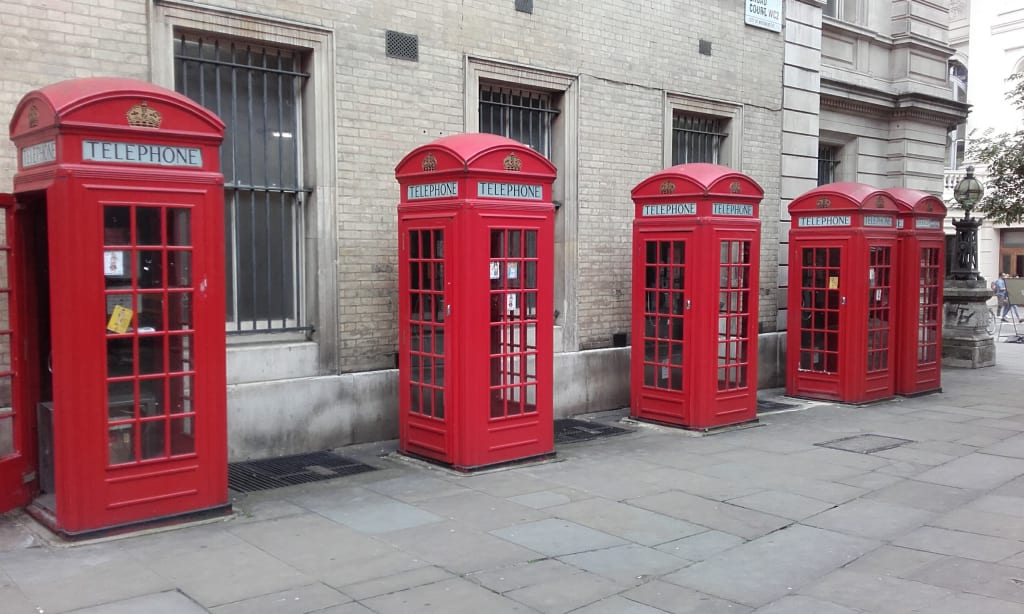
I grew up with the red phone box in the background. They were very popular and dotted all around London. They are easily recognisable because of their distinctive red colour and historical origins, spanning over 100 years.
Childhood Memories:
There were two local telephone boxes near my school, and I remember checking the change compartments for any spare change because I couldn't reach the handle as a kid. I didn't think about OCD then or worry about who had used the phone previously. All the kids did this, too, and rarely would we find any spare change. Even to this day, the red phone box brings back fond memories. I distinctly remember a musty smell in them, but there was nothing sinister about these boxes, certainly not those near my school.
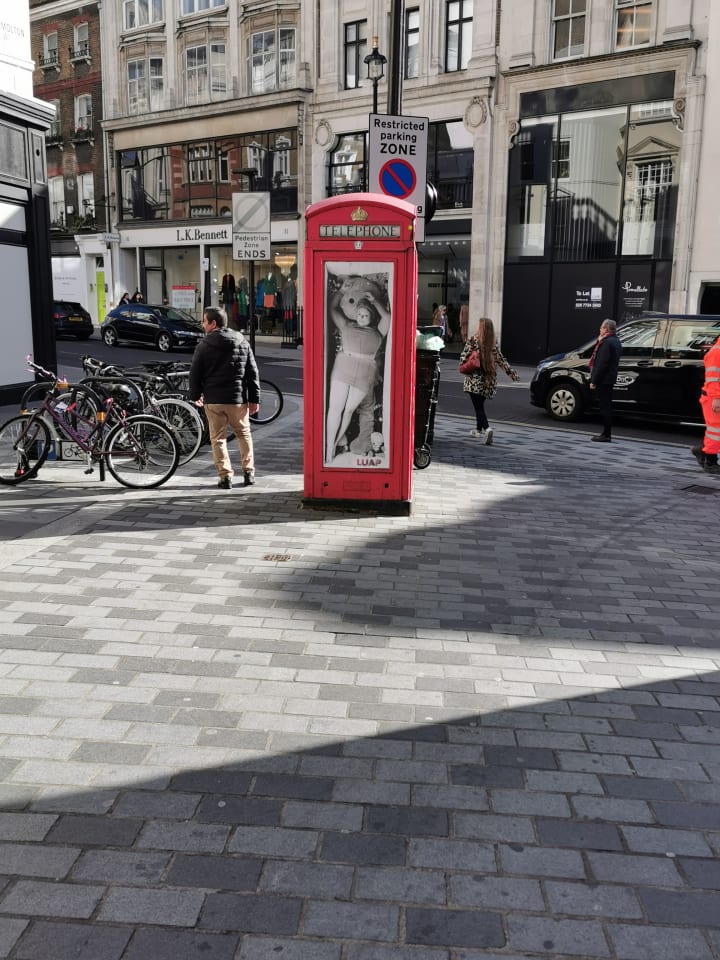
Changing Times
However, we did see a rise in the number of cards pinned on the board that provided adult services. I think secretly, the teachers would go in each day and remove the cards. Growing up, I noticed fewer phone boxes and saw more phone booths. The booths were open, so there was less mess to clear up inside. If I remember correctly, British Telecom kept the boxes clean. However, I feel the old charm was lost with the new booths. The humble UK phone box might have surpassed its popularity but remains a global cultural icon.
History
The first public phone box (K1 or Kiosk 1) was introduced by the Post Office in 1921 and made out of solid concrete. These phone boxes could be seen on the streets from 1929 onwards. It is estimated that there are only fourteen K1 phone boxes on the streets of the UK, with seven in museums or part of a museum's collection.
Giles Gilbert Scott designed the phone boxes as part of a design competition. Little did anyone realise that his chosen design would become an iconic emblem and a familiar sight in the UK, Malta, Gibraltar, and Bermuda. 1935, there were 19,000 phone boxes; by 1940, the number had increased to 35,000.
The red colour was chosen because it is easy to spot. However, there were early versions in silver with a green/blue interior. The red colour was made standard after 1926.
Giles Gilbert Scott's Design
Kiosk 2 (K2) started the red phone box's journey in 1929. The Royal Fine Art Commission held a competition in 1924 to design a new kiosk that would be rolled out to the London Metropolitan Boroughs. The Boroughs had resisted the Post Office's K1 design, which was considered practical.
Gilbert won the design competition based on its aesthetics and functionality. You can tell a K2 by its domed roof, inspired by the 18th-century Sir John Soane's mausoleum in London's St. Pancras Old Church cemetery.
The domed roof has become a hallmark of British phone boxes, making them look classical and dignified. Plus, they blend in well in both rural and city areas. Cast iron for construction and bright red were deliberately chosen for practical reasons, including durability and visibility. Due to high manufacturing and maintenance costs, the K2 was predominantly found in London.
I believe the design served a practical function and gave the humble phone box its iconic status, making it a focal point on the streets and turning it into public art.
The Phone Box of the 21st Century
With the advent of the mobile phone, the humble phone box icon started losing appeal. The K8 replaced the K2 design you see on London's streets today. It is estimated that there are over 10,000 left in the UK, with 5,000 in operation and the other 5,000 used for decorative purposes. Three thousand have been given listed status.
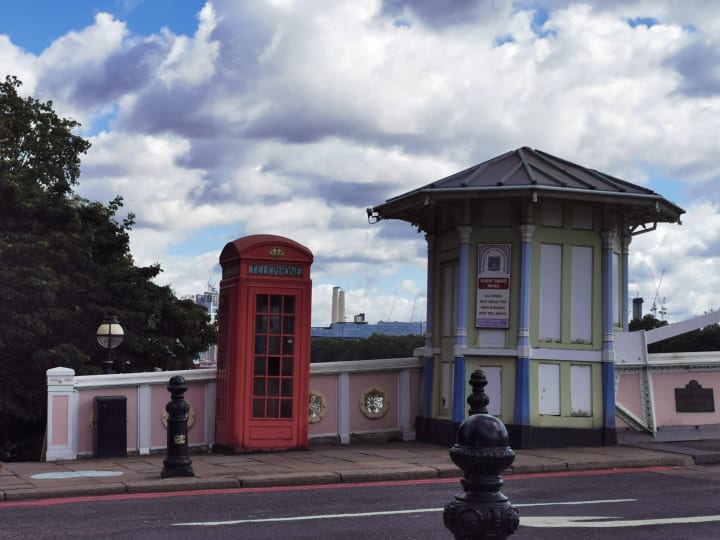
Tourist Hotspots
You will see the phone box in many tourist hotspots in London. My favourite ones are in Covent Garden near the Royal Opera House. There are five phone boxes, and they still work. I usually see many tourists taking photos, and I'm sure they will provide many happy memories of their time in London.
Adopt a Phone Scheme
Did you know you can participate in the "Adopt a Kiosk" programme? It was launched by BT (British Telecom), which allows local communities to keep their local phone boxes for just £1 and give them a new lease on life by converting them for practical and creative use. Councils and charities have also engaged in 'adopting' phone boxes.
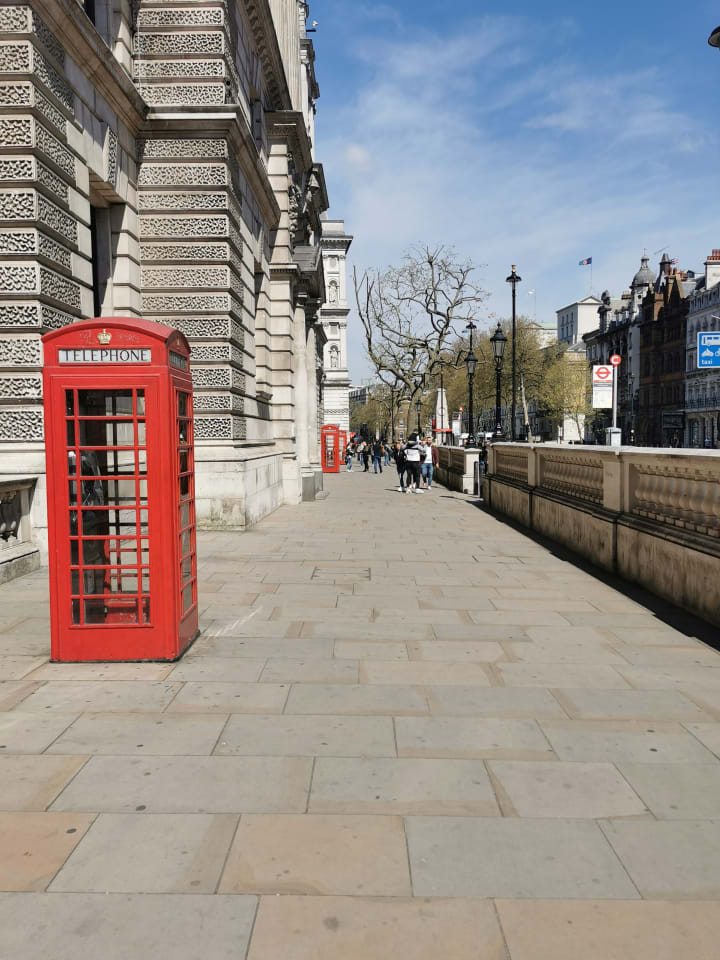
Repurposing the Icon
Around 2,500 traditional red boxes will be kept and converted for digital use. I was walking along Kings Road in Chelsea the other day, and I saw one with a cash dispenser on one side and the phone on the other.
I've even seen one used as a 'hot desk' office in Greenwich. Another has been used as a library or even as a coffee kiosk. A friend of mine has one in the front garden, and it's a great topic of conversation for any first-time visitor.
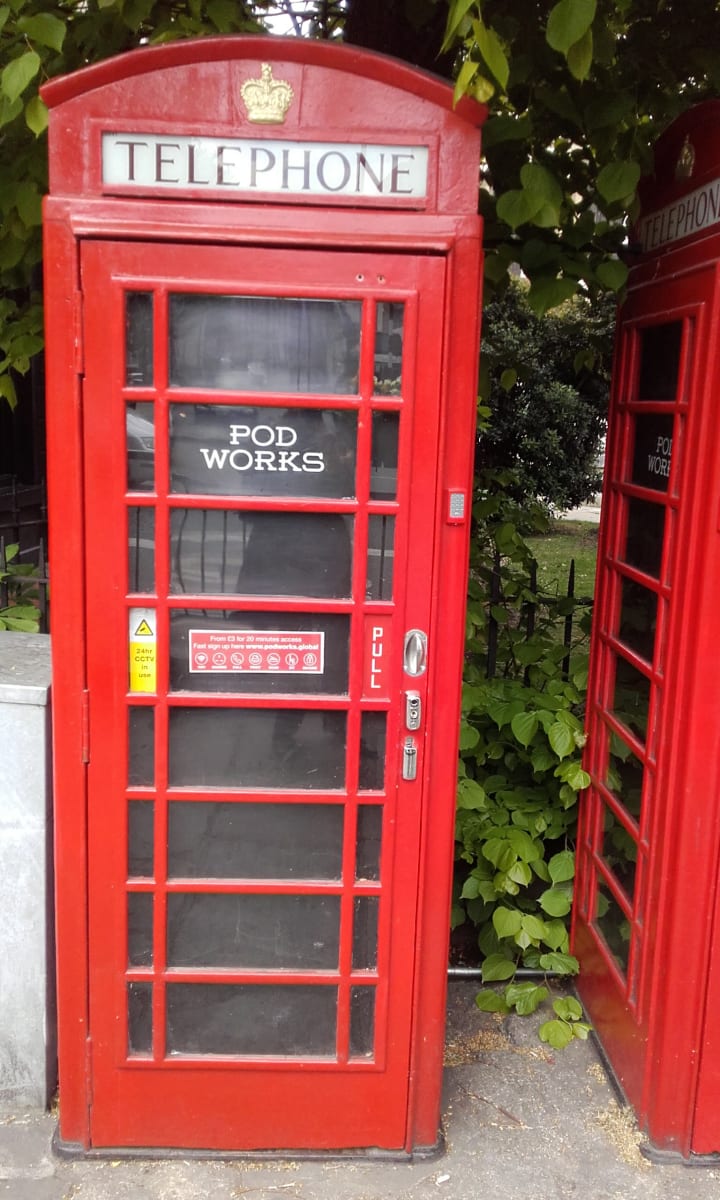
Parting Comments
When I travel anywhere, I always smile when I see the red phone box in far-flung destinations. Millions will also recognise the icon because it's been in television shows, films, and magazines.
I don't see the icon going away anytime soon. If we don't see them on the streets, you'll find miniature versions in tourist shops all over London.
Thank you for your attention,
Tabby
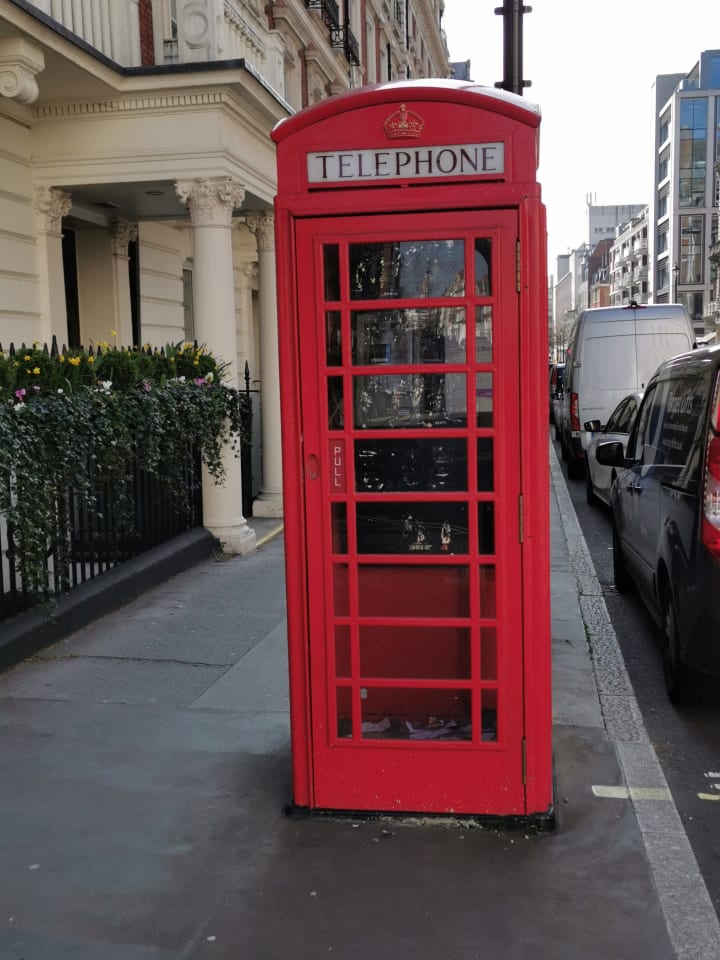
About the Creator
Tabby London
The London I've been discovering is usually off the well-beaten track.I love the nooks and crannies and walking along the streets steeped in centuries worth of history. I'm fond of Zone 1 because that's where it all began centuries ago.
Enjoyed the story? Support the Creator.
Subscribe for free to receive all their stories in your feed. You could also pledge your support or give them a one-off tip, letting them know you appreciate their work.


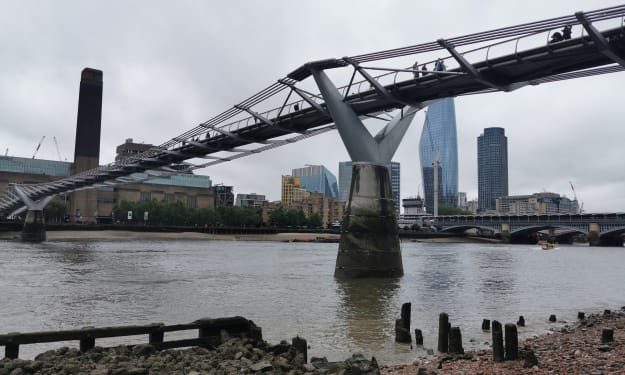



Comments
There are no comments for this story
Be the first to respond and start the conversation.